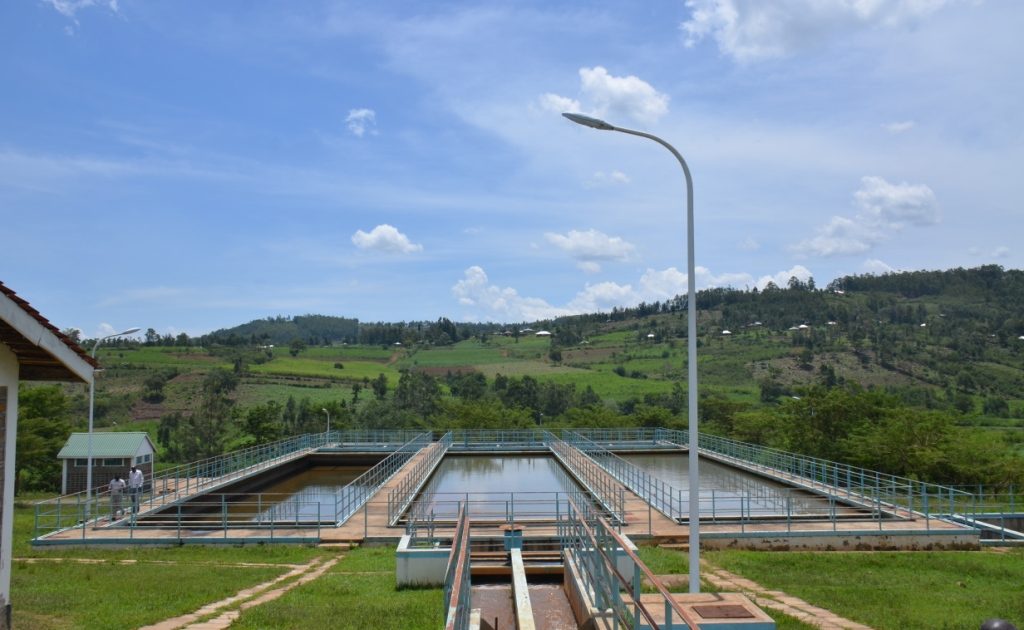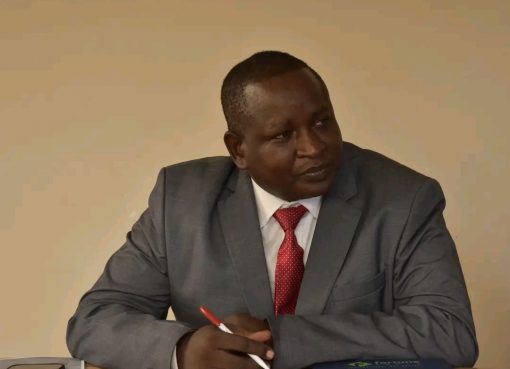The Jubilee Government spent billions of shillings in initiating development programmes in Migori County that have directly and indirectly benefitted the local population.
The programmes that include projects under roads, water and sanitation, education, medical and housing infrastructural projects have so far gobbled up over Sh100 billion within a period lasting two financial years, according to the Presidential Delivery Unit (PDU).
PDU director in-charge of Migori, Homa bay and Kisii Counties Melchizedeck Onguso says that road infrastructure improvement alone in the region has seen over Sh50 billion spent towards upgrading a number of roads to bitumen standard, improving existing ones and maintaining them to the required standards for better use within that period.
Mr. Onguso particularly hails the improvement and expansion of the Isebania to Ahero A1 Road that has completely changed the region in terms of business and speed of movement along the stretch of the route.
“I’m particularly happy with the Lot I-Isebania–Kisii section of the AI road that has really touched on the lives of the wananchi around,” said the director during an interview recently.
Although 97 per cent complete, the road stretch measuring approximately 86 km in length and funded at a cost of over Sh11 billion by the government of Kenya (GOK) and African Development Bank(ADB) has earned praise from members of the public who say it will curtail unnecessary accidents formerly caused as a result of the narrowness of the road. It will also open up opportunities for increased trade along the corridor for the East African Community States.
Mr. Onguso states that being part of the A1 International Trunk Road, the section forms an integral section of the Northern Corridor and as such, functions as a major transit route for traffic to and from Tanzania, Uganda, Rwanda, Burundi and Southern Sudan, adding that the road is heavily used by both passenger and cargo vehicles.
“Something good about this project implemented is that it has come along with it a number of feeder roads approximately 82 kilometres in length that have also been tarmacked and helped in opening good accessibility to rural set-ups in the region.
Rural areas in Suneka, Imbo, Olare and Rangwe are now accessible by traders, while a number of modern markets such as, Migori town Modern Market are being constructed courtesy of the road programme,” says Mr. Onguso.
Apart from this road, there are other several road works that have been done and completed and awaiting official handover for the sake of the local population.
For instance, the Masara – Sori Road (41KM) done at a cost of over Sh1.5 billion is a life changer for the residents of Nyatike Sub-County and Kenyans in general. The Road has become a darling of the local community who say it will open business, especially for fish traders who have suffered heavy losses as a result of lack of transport to take their produce to market before they go bad.
Fish being a perishable product has to reach markets as fast as possible but the bad roads in the region usually lead to huge tons of the commodity going bad before sale time.
Other works are ongoing on the Isebania-Ikerege-Lolgorian road (75km) at a cost of over Sh3 billion, Riosiri-Moi University-Ogwedhi- Godjope at a cost of over Sh1.1 billion and Motemorabu-Suba-Kuria- Masaba road at a cost of over Sh1 billion.
Elsewhere, other development projects in water and sanitation have been implemented to completion in the name of Migori and Isebania Water Supplies. The two giant water projects have gobbled over Sh5 billion to date to construct, improve and increase supply and connections to potential water consumers in the area.
Although the projects run by the Migori County government have not been offering good services as anticipated during their inception, the water supply system to customers in the region has improved tremendously compared to yester years of the 90s and before.
However, the problem of acute water shortages currently dogging towns and markets of Migori, Isebania, Kehancha and Uriri is purely blamed on the distributing companies like Migori Water Services Company (MIWASCO) that have been riddled with corruption to the point of failing to buy water treatment chemicals or even settling electricity bills amounting to millions of shillings leading to frequent power cuts to water pumps.
The Awendo town Water supply system funded and constructed by the GOK in partnership with the Korean government through the Korea International Corporation Agency (KOICA) at a cost of Sh1billion ten years ago has remained dormant to date due to mismanagement leading to a lack of piped water in that fast-growing urban setup.
The Jubilee regime also delved into equipping public hospitals with high-tech medical kits through the multi-billion Medical Equipment Support Supplies (MESS) Programme which has seen machines necessary for treating conditions affecting kidney, brain, heart and lungs among others are easily accessible in all health facilities countrywide.
The programme has also enabled many public health institutions to operate good theatre facilities to the benefit of the poor Kenyans in the rural villages
“I’m mesmerized by the multi-billion social protection programme that the state is implementing to benefit the elderly and the orphans,” said a 78-year-old Benter Akello, a resident of Nyangubo village in Oruba ward, who adds that the Sh6, 000 government stipend she receives after every three months was a great sum giving her a decent life.
President Kenyatta’s government is also spending billions of shillings on constructing new classrooms in both public primary and secondary schools to facilitate the implementation of the new education system – competency-based curriculum (CBC) that would see junior secondary learners starting their classes next year.
The country is also witnessing a massive growth in technical skills following the energized efforts to promote technical and vocational training (TVET) colleges in every constituency in Kenya.
In Migori County alone, the state has spent billions of shillings to establish such institutions at Mabera, Kehancha, Kakrao, Oyani and Siruti to help impart skills in the youth to enable them to become self-employed in various fields of technology and business sectors.
And more touching directly on the lives of the youth has been the Kazi Mtaani programme that the government has pumped millions of shillings in to provide employment to millions of unemployed youth who are now able to fend for themselves and their families.
The money they earn from the manual work of cleaning culverts, and roads, collecting garbage and cleaning government offices among others is good enough to now make them live a decent life, confirms the Director of Housing Linet Nyakiti, whose department is charged with the implementation of the programme in Migori County.
Apart from offering the youth a good income, the programme has also been trending for beautifying roads, Government offices and generally improving the general environment through the planting of flowers and trees on public land.
By George Agimba




